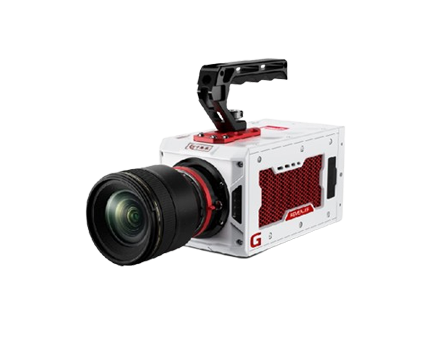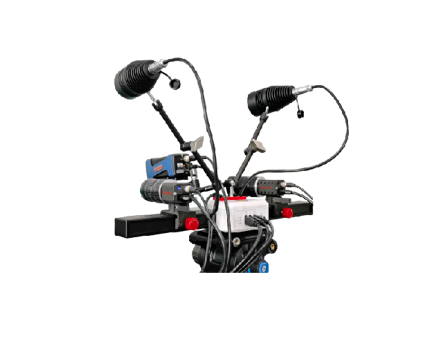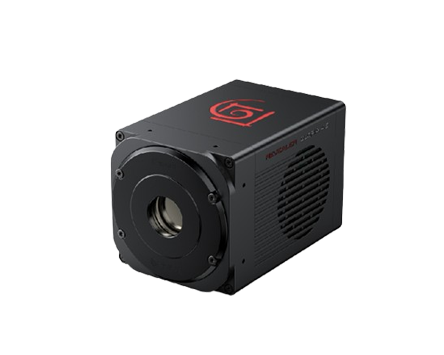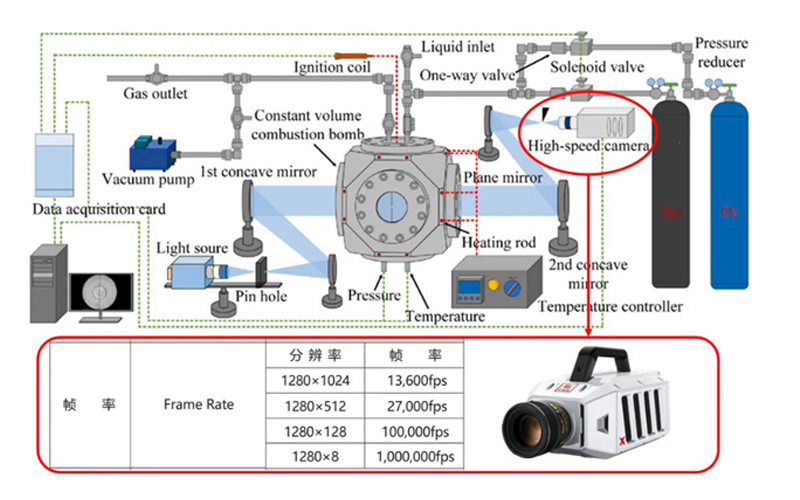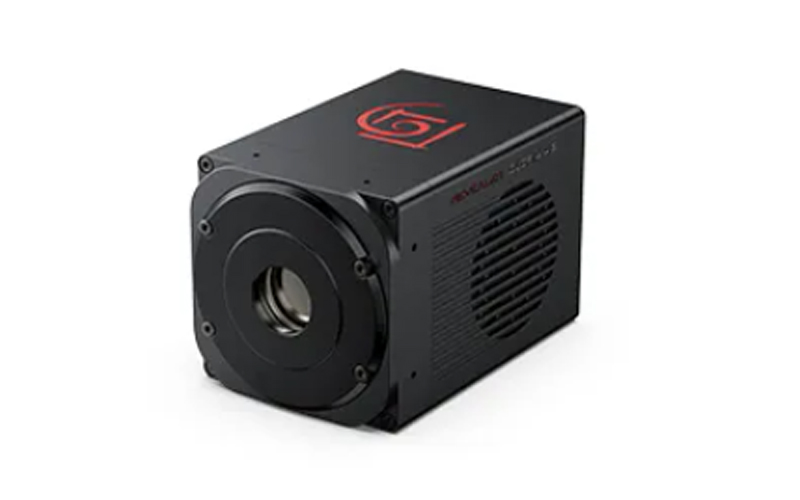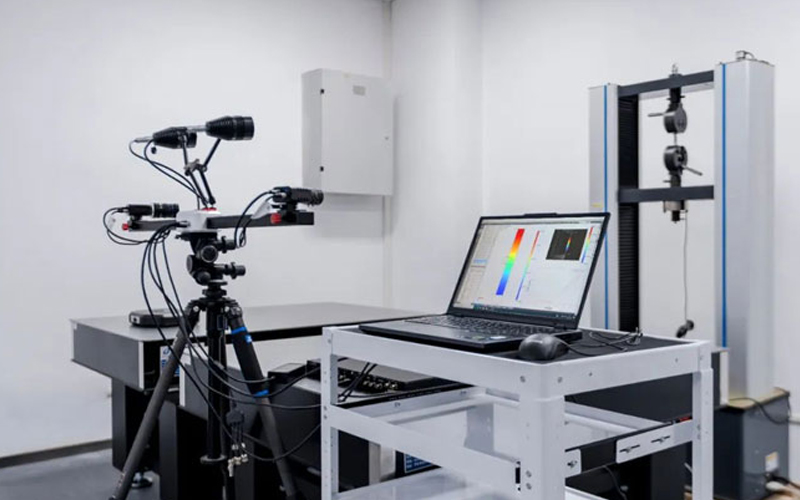
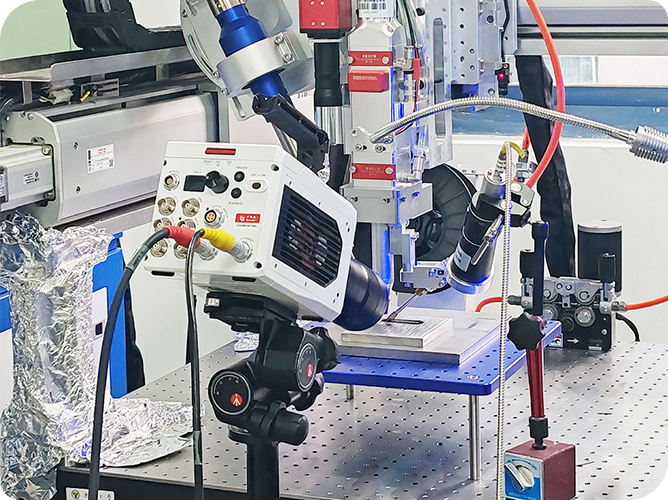
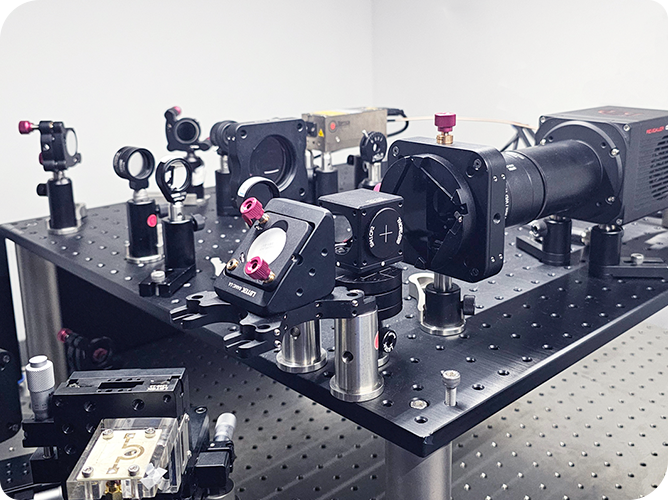
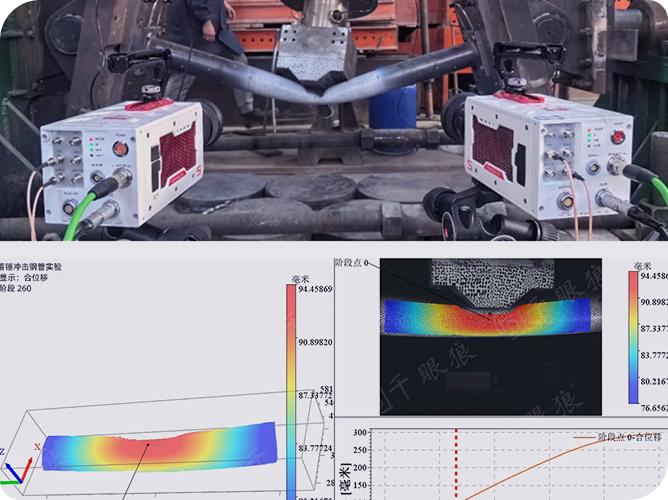
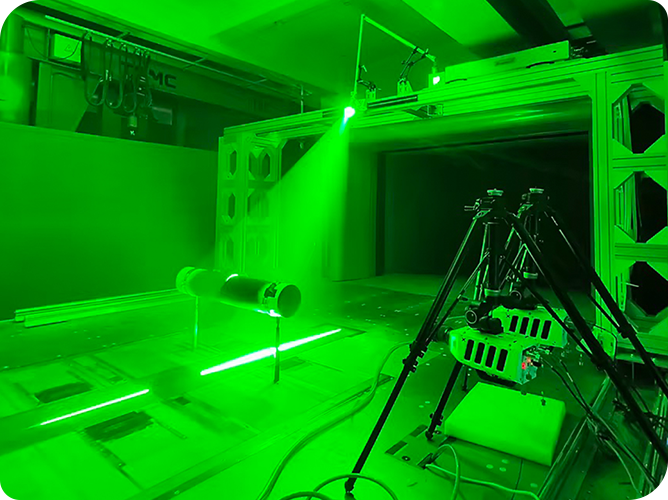
sCMOS scientific cameras play an important role in the fields of cell biology, medical imaging, astrophysics, industrial detection, etc. The core function of sCMOS scientific cameras, namely the trigger function, is like a precise switch that controls the eyes. It is used to accurately control the timing and rhythm of image acquisition and capture high-speed, dynamic scientific moments.
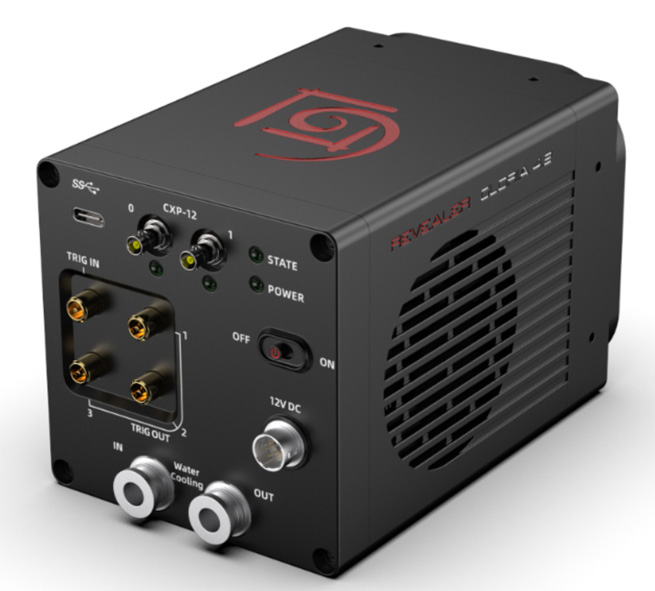
Figure 1
The core of the trigger function is coordination. Through the trigger input and trigger output interfaces, the external devices such as optical microscope platform, motion platform, laser, etc. are coordinated to work synchronously to achieve precise shooting.
2.1 Shutter Mode, the sCMOS chip of the scientific camera mainly supports two modes: rolling shutter and global reset. Rolling shutter, that is, scanning from top to bottom like a rolling curtain, exposing line by line, and the exposure time of each line is the same. It is mainly used in high-speed dynamic scenes. Global reset, that is, all rows of pixels start to be exposed at the same time, and the readout time of the entire image is the readout time of one line × the number of collected lines. It is mainly used for precision measurement to avoid motion artifacts and can be used in low noise mode.
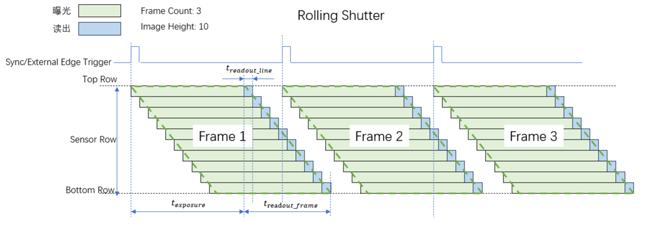
Figure 2
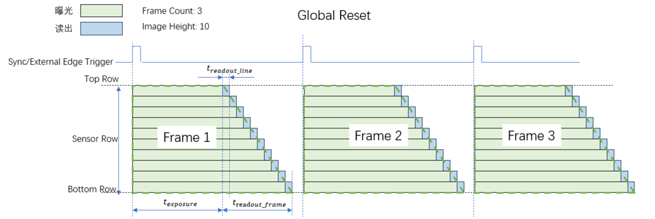
Figure 3
2.2 Free running mode means that the scientific camera acquires images at the fastest frame rate according to the currently set exposure time. The prerequisite for the scientific camera to run at the fastest frame rate is that the exposure time of the same row in two adjacent frames cannot overlap; the readout time of any two rows cannot overlap.
When the exposure time is ≥ the whole frame readout time and the exposure time, and the exposure time is < the whole frame readout time, free running will present two different timings (Figure 4).
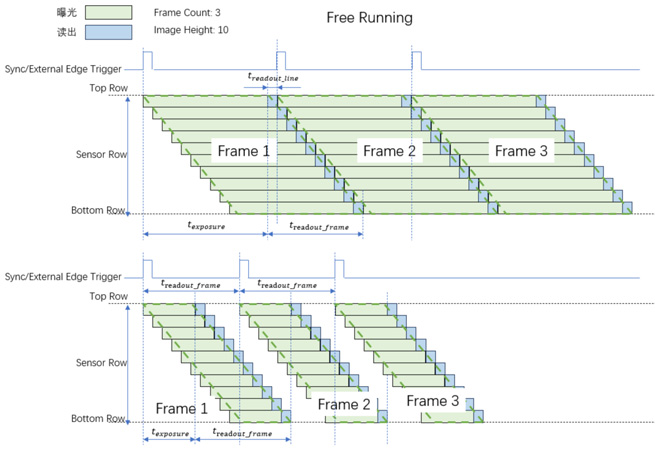
Figure 4
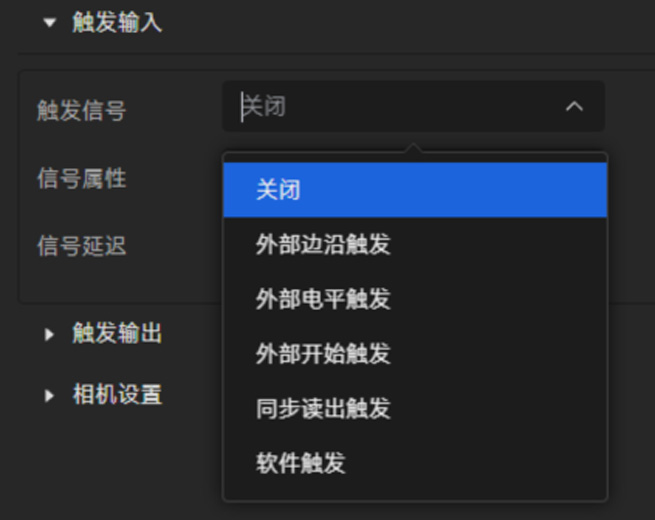
Figure 5: Screenshot of the trigger input of Revealer RPC software
3.1 External edge triggering, the principle is to trigger shooting through the rising edge or falling edge of the external signal (Figure 6), the user can flexibly set the signal attributes (rising edge or falling edge) and signal delay. The exposure time is set by the software in this mode, and the trigger signal interval time must be greater than "exposure time + full frame readout time". This trigger mode is suitable for high-precision synchronization scenarios, such as laser pulse triggered imaging.

Figure 6: Schematic diagram of external edge triggering
3.2 External level triggering, the principle is that the exposure time is directly determined by the high/low level duration of the external signal (Figure 7). Taking the high level as an example, when the trigger signal level jumps from the low level to the high level, the camera starts to collect. It is suitable for scenes that require flexible control of the exposure time, such as fluorescence lifetime imaging.

Figure 7: Schematic diagram of external level trigger
3.3 External start triggering: After receiving the trigger signal, the scientific camera will run freely at the maximum frame rate according to the currently set exposure time until it stops (Figure 8). It is suitable for scenes where continuous observation needs to be started at a certain moment, such as recording the dynamic process of cell division.

Figure 8: Schematic diagram of external start trigger
3.4 Synchronous readout trigger, the principle is that after the scientific camera receives the trigger signal, it runs freely at the maximum frame rate according to the currently set exposure time until it stops (Figure 9). When synchronous readout triggering, the interval between two consecutive triggers must be greater than the entire readout time, which is suitable for the synchronous control of scientific cameras and external robotic arms in industrial inspection.
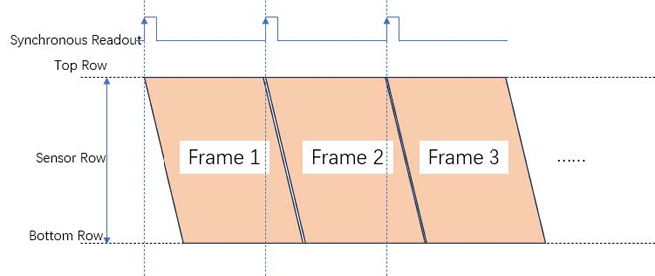
Figure 9: Schematic diagram of synchronous readout trigger
sCMOS scientific cameras are usually equipped with multiple interfaces, so that the camera can not only accept commands, but also actively send signals to coordinate the work of other devices. Users can set personalized parameters for each interface TriggerOut1, TriggerOut2, TriggerOut3 in the software. The trigger output signals that can be selected for each interface are rich and varied, mainly including:
4.1 Timing signal
1) Exposure start timing signal, marking the exact moment when the exposure of the first line of the image begins.
2) First line readout end timing signal, indicating the moment when the readout operation of the first line of the image ends.
3) Readout end timing signal, indicating the moment when the last line of the image is read out.
4.2 Time interval signal
1) Trigger waiting time interval signal, marking the valid time interval that can accept external trigger signals.
2) Global exposure time interval signal, covering the entire time interval when the image is in exposure from the first line to the last line.
3) High level/low level, user-defined, not directly related to the image acquisition timing.
4.3 Trigger output timing characteristics under different shutter modes
1) Rolling shutter mode
When the exposure time ≥ the entire frame readout time, the trigger wait signal will change state after the first line readout is completed (Figure 10).
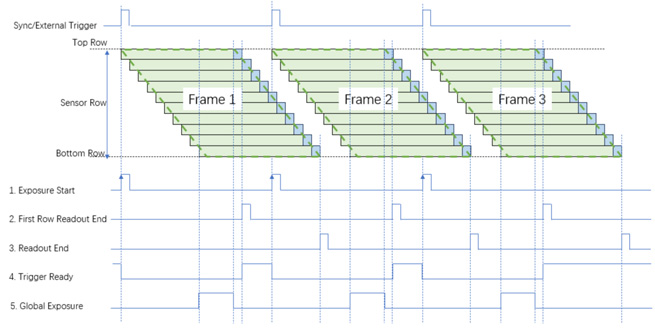
Figure 10
When the exposure time is less than the full frame readout time, the trigger wait signal will change state only after the full frame readout time has passed based on the external trigger signal or internal synchronization signal (Figure 11).
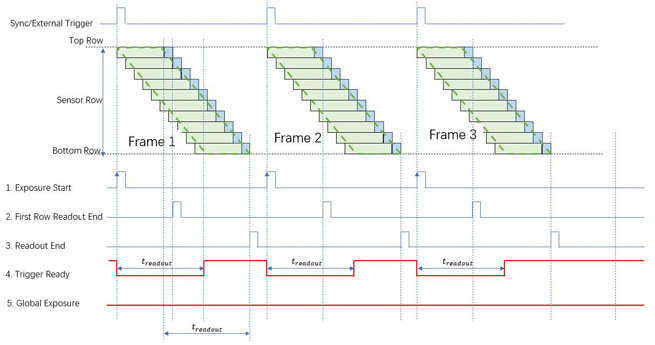
Figure 11
2) Global reset mode
In the case of global reset, the start exposure time of each line remains consistent, and the end exposure time is different (Figure 12). The timing of the trigger output signal will show a unique pattern.
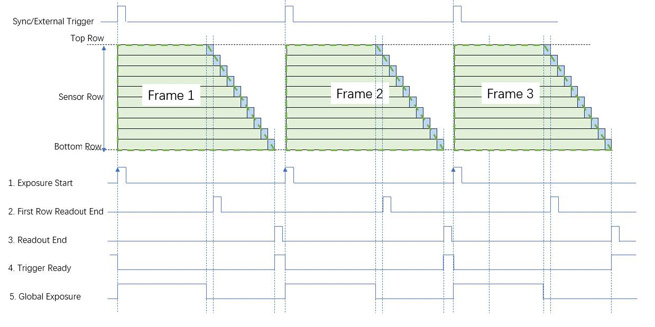
Figure 12
5.1 Free running mode: This mode is suitable for shooting still or quasi-still objects.
5.2 External edge trigger and external level trigger: This mode is ideal when the light source or sample is moving and the camera does not need to collect data. Its common application scenarios include filter wheel multi-channel imaging, fluorescence co-localization, wide-field scanning imaging, and light sheet microscopy.
5.3 Synchronous readout trigger: This mode is suitable for continuous confocal imaging. Specifically, the camera exposure time can be set synchronously with the rotating disk rotation speed of the rotating disk confocal microscope, thereby effectively avoiding the problem of uneven illumination caused by the difference in the rotating disk rotation speed.
5.4 External start trigger mode: This mode is suitable for experimental scenarios where it is necessary to continuously observe changes in light intensity and other phenomena from a certain moment.
5.5 Global reset shutter: When facing experimental scenarios with pulsed light sources or lasers, the global shutter effect can be achieved by controlling the light source lighting moment through global reset shutter or global trigger output.
In-depth understanding and flexible use of the trigger function of sCMOS scientific cameras can help scientific researchers capture high-speed, dynamic or synchronous scenes more accurately and efficiently, and better play the important role of sCMOS scientific cameras in cell biology, medical imaging, astrophysics, industrial detection and other fields.
